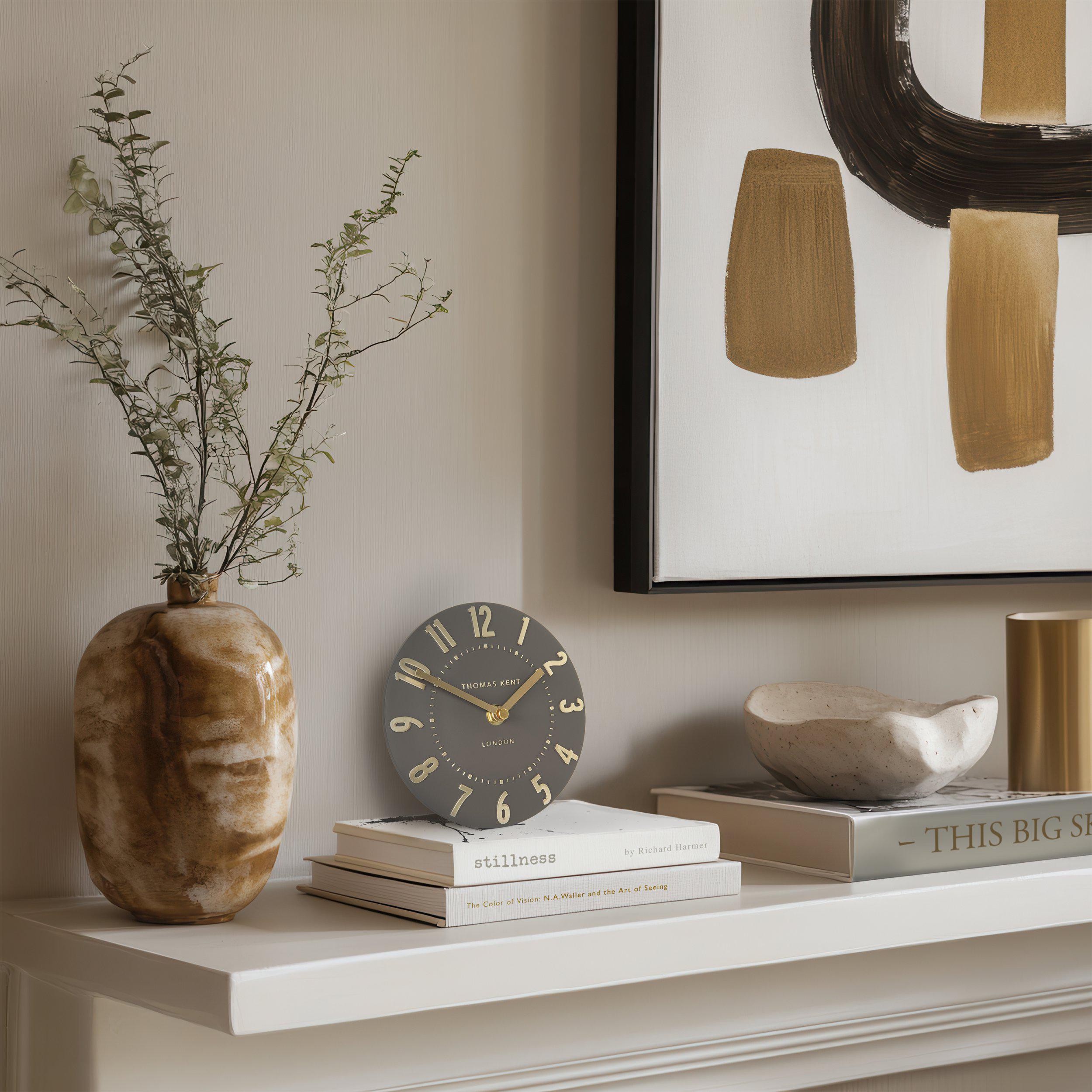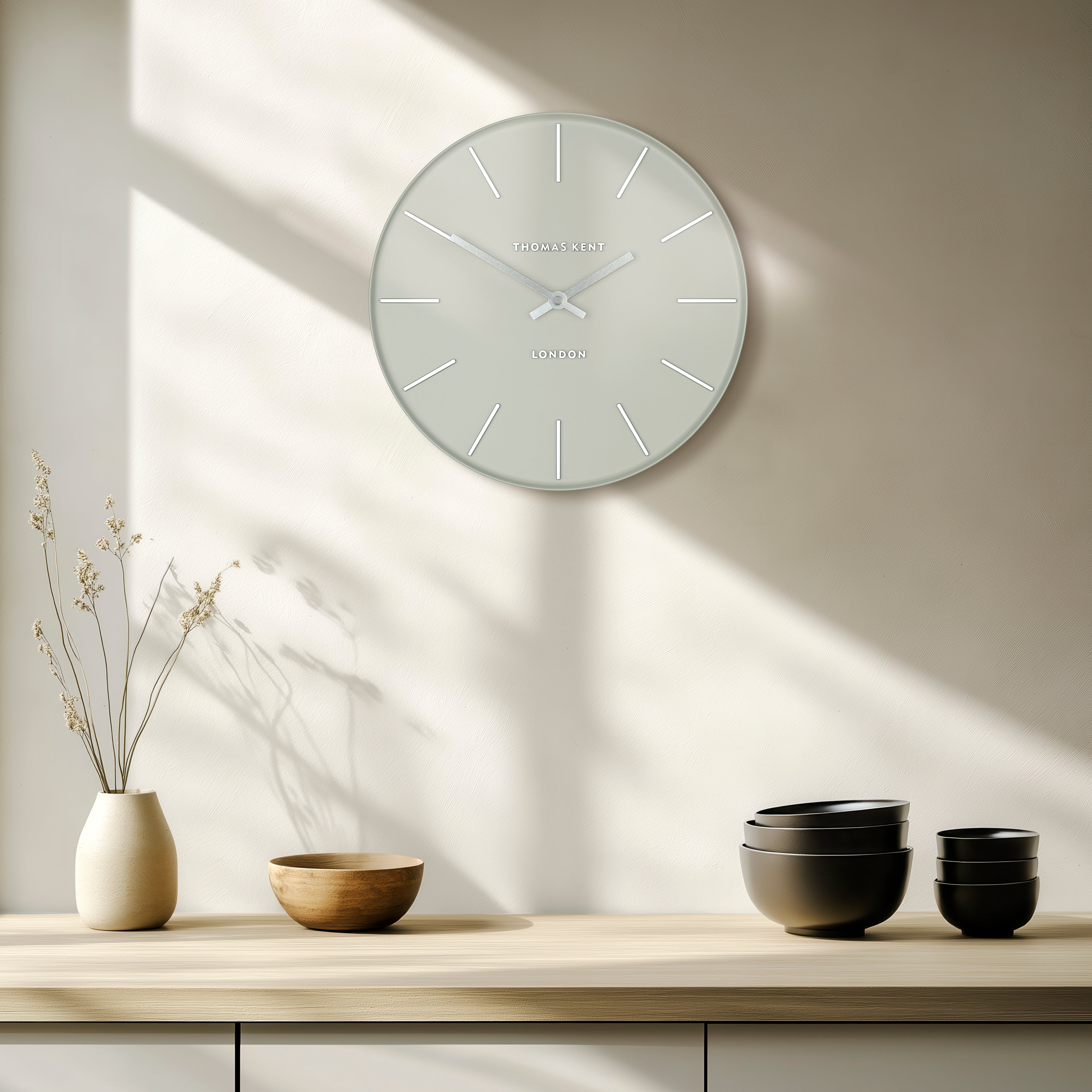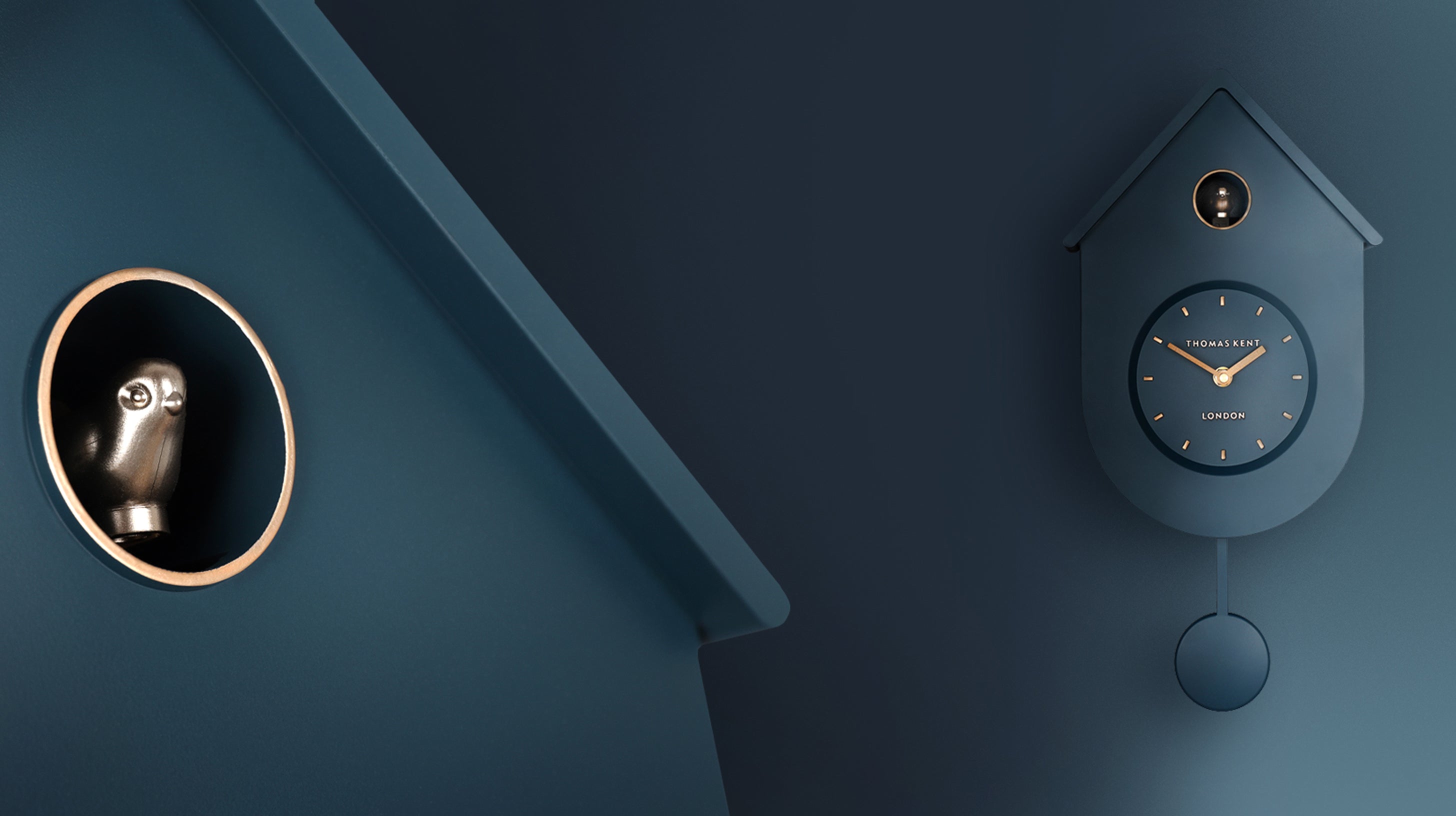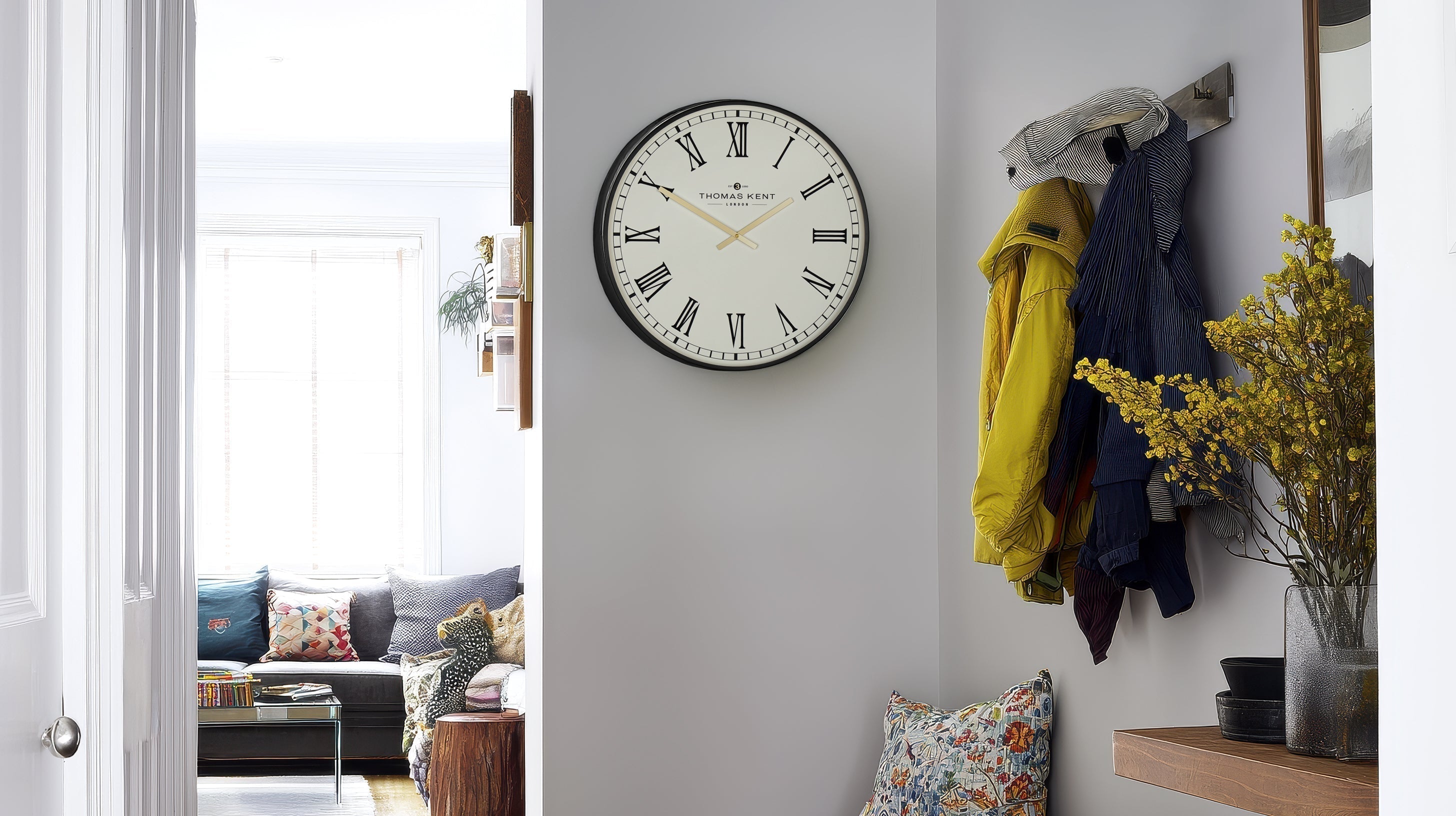What Is Time? A Journey Through History, Philosophy, and the Tick of the Clock

Time is everywhere—but have you ever stopped to ask, what is it really? You can save time, waste it, chase it, and lose track of it. Yet no one has ever seen it. At Thomas Kent Clocks, we live and breathe time—but today, let’s take a moment to slow down and explore the mystery, history, and meaning of this strange thing we all live by.
Ancient Origins: How Humans First Measured Time
Before clocks and calendars, time was marked by nature. Early humans watched the sun rise and set, counted moons, and tracked the seasons. In ancient Egypt, obelisks cast shadows that told the hour. In China, clever engineers crafted water clocks that dripped rhythmically through carved stone bowls.
Timekeeping began not as a science, but as a necessity. Farmers needed to plant and harvest. Priests needed to predict solstices. And as cities grew, people needed to coordinate life on a larger scale.
From Monasteries to Town Squares: The Rise of Mechanical Clocks

Fast forward to medieval Europe. In monasteries, monks rang bells to mark prayer hours. Eventually, these bells were hooked up to mechanical gears—early clocks that chimed at regular intervals.
By the 14th century, mechanical tower clocks were installed in public squares, becoming symbols of civic pride. These weight-driven machines didn’t have faces at first—they just rang bells. But they changed everything. For the first time, time wasn’t just natural—it was mechanical. It ticked.
Pendulums, Pocket Watches, and the Personalisation of Time

In 1656, Dutch scientist Christiaan Huygens invented the pendulum clock. Accurate to within a few seconds a day, it revolutionised timekeeping. By the 18th century, time was portable—pocket watches became status symbols, and eventually, mantel and wall clocks entered homes.
Suddenly, people weren’t just living in time—they were surrounded by it.
Why We Use Time (and How It Shapes Us)
Imagine a world without clocks. No meeting times, no schedules, no time zones. Chaos, right?

Time lets societies function. Trains run on it. Businesses depend on it. School bells ring it in. But it also controls us. We feel rushed. We chase the clock. We even speak in time: \"I don't have time,\" \"time's up,\" \"just in time.\"
Time in Culture, Literature, and Science
Time has always fascinated thinkers. Einstein showed that time is relative—it bends and stretches with speed and gravity. Poets and authors muse over its fleeting nature. Shakespeare wrote, \"I wasted time, and now doth time waste me.\"
We mark our lives with it: birthdays, anniversaries, deadlines. Yet it slips through our fingers like sand.
The Clock as an Object of Beauty

Beyond its function, the clock has become a canvas for design. From the ornate brass of the Victorian age to the clean lines of mid-century modern, clocks have reflected the style of every era.
At Thomas Kent, we believe clocks aren’t just tools—they’re statements. Each design captures a mood, a moment, a memory. They're timeless in both form and function.
The Future of Time: Where Are We Headed?
Atomic clocks now measure time to billionths of a second. Your smartphone syncs with satellites to keep time perfectly. Smartwatches buzz with reminders, nudging us through the day.
But as we digitise time, do we risk losing touch with it? Maybe that’s why the gentle tick of a wall clock still brings comfort—it reminds us that time is real, and passing.
Time: More Than a Measurement
In the end, time is more than minutes and hours. It’s how we mark life. How we organise the world. How we remember and anticipate.
So next time you hear a clock tick, take a breath. You’re hearing the heartbeat of history.
Inspired to bring a little timelessness into your home?
Explore the Thomas Kent Collection of Wall and Mantel Clocks — designed to stand the test of time.







